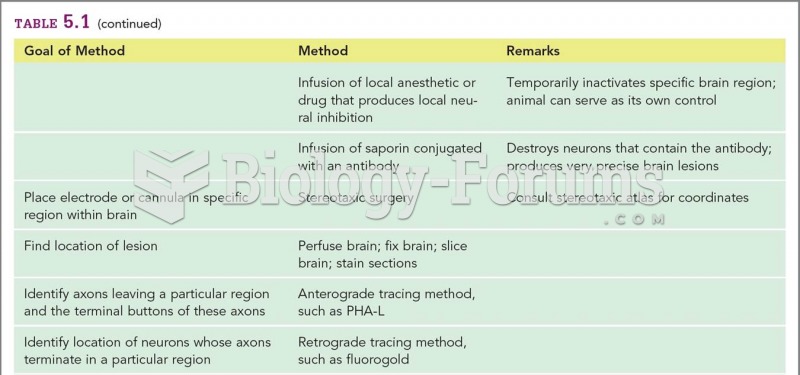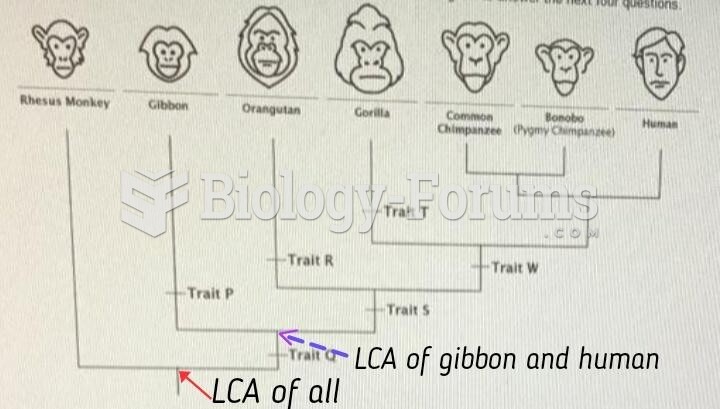This topic contains a solution. Click here to go to the answer
|
|
|
Did you know?
Cytomegalovirus affects nearly the same amount of newborns every year as Down syndrome.
Did you know?
The familiar sounds of your heart are made by the heart's valves as they open and close.
Did you know?
Certain rare plants containing cyanide include apricot pits and a type of potato called cassava. Fortunately, only chronic or massive ingestion of any of these plants can lead to serious poisoning.
Did you know?
More than 4.4billion prescriptions were dispensed within the United States in 2016.
Did you know?
By definition, when a medication is administered intravenously, its bioavailability is 100%.







